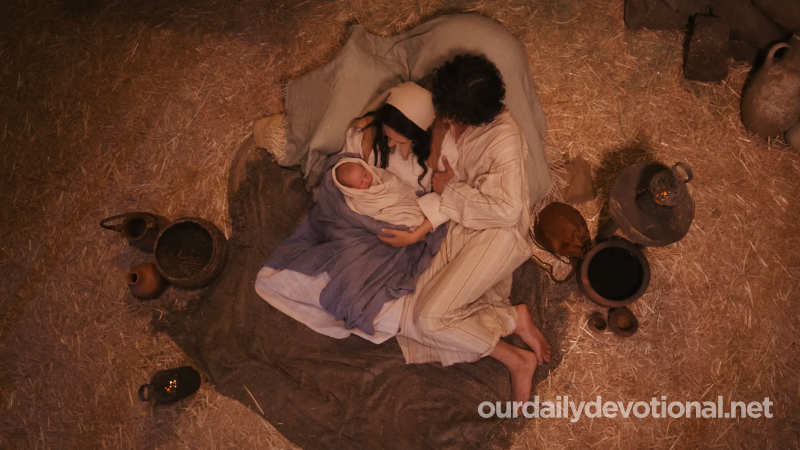"he who descends"
The most important watercourse in Palestine. It has various sources. The eastern source is in Banias, the ancient Caesarea Philippi, from where an abundant stream, the Banias, flows from an elevated grotto. The central source is at Tell el-Kadi, probably ancient Dan.
There, the waters that form the Leddan River spring up in two places. The third source, the northernmost and highest of the three, is perennial; It springs below the town of Hasbeya and gives rise to the watercourse called Hasbany.
According to Thomson, this river is 64 km longer than the other two, with the Leddan being the largest and the Banias the most beautiful. The latter runs more than 19 km before reaching Lake Huleh. The junction of the Banias and the Leddan is almost halfway between the place called Banias and the lake of Huleh; The confluence of this new river with the Hasbany is 1.5 km further down.
Lake Huleh is more than 6 km long. The Jordan comes out south of this lake, and runs almost 17 km, to Lake Galilee, which measures almost 21 km in length. After having crossed this expanse of water, the river follows a sinuous course, heading towards the Dead Sea, about 105 km, as the crow flies, from the southern end of the Lake of Galilee.
From Banias to the Dead Sea, the Jordan measures more than 167 km, if the length of the two lakes is taken into account, and the meanders are discarded.
It is the only river in the world whose course is, for most of its length, below sea level. When it flows from the Banias grotto, the Jordan is about 300 m away. above the level of the Mediterranean.
When it entered the valley of Huleh, this lake, currently drained by the Israelites, was 3-4 m. deep, and its surface was about 2 m. above sea level. It then descends about 208 m., until it reaches the entrance to the Sea of Galilee. When it flows into the Dead Sea, the Jordan is 366 m high. below the level of the Mediterranean. It is evident that this watercourse well deserves its name, of Semitic roots, "Yardën", "the one that descends".
From the Sea of Galilee to the Dead Sea there are 27 major rapids and a large number of other minor falls. The southern part of the valley is a truly tropical area. Josephus (Wars 4:8, 3) says that irrigation allowed for lush harvests.
Lot chose this fertile place without taking into account any moral considerations (Gen. 13:8-13).
Before the arrival of the Romans, the river lacked bridges. It had to be crossed through numerous easily accessible fords. These fords were along the descent of the Jordan, to the mouth of the Jabbok, which Jacob crossed (Gen. 32:10; 33:18).
Below this place the Jordan is fordable only a few times a year.
Joshua crossed the Jordan on dry foot (Josh. 3:1-17; 4:1-24; Ps. 114:3, 5). There have been several occasions in modern times when the bed of the Jordan has been exposed, due to the formation of a natural dam. In the 13th century, Sultan Bibars had ordered the construction of a bridge across the Jordan.
The flooding of the river made work difficult. On the night of December 7 to 8, 1267, a high mountain that dominated the waters to the west collapsed, obstructing the water course, so the river was stopped for sixteen hours. Similar events took place in 1906 and 1927.
It is possible that something similar happened in Joshua's time, under divine direction. God uses both the forces of nature and supernatural actions to carry out his will. In any case, it was under his direction that that event took place.
It was the scene of great historical events. David crossed it, fleeing from Absalom and returning to recover the kingdom (2 Sam. 17:22, 24; 19:15-18). Going to be carried away by a chariot of fire, Elijah crossed it with Elisha in a miraculous way (2 Kings 2:8-9, 14). There Naaman was cured of leprosy (2 Kings 5:13).
John the Baptist exercised his ministry of baptism there, and there the Lord Jesus Christ was baptized (Mt. 3:6, 13-17). Currently it constitutes the border between Israel and Jordan.
Meaning of JORDAN
"he who descends"
The most important watercourse in Palestine. It has various sources. The eastern source is in Banias, the ancient Caesarea Philippi, from where an abundant stream, the Banias, flows from an elevated grotto. The central source is at Tell el-Kadi, probably ancient Dan.







